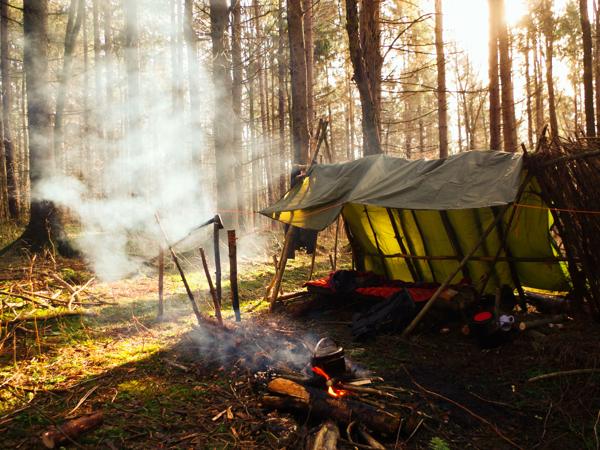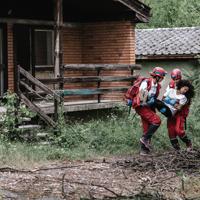In the face of emergencies, the ability to quickly construct a temporary shelter can provide crucial protection from the elements and improve your chances of survival. Whether you’re dealing with sudden wilderness isolation, a natural disaster, or an unexpected situation in an urban environment, understanding a few basic principles and techniques can make a significant difference.
In this article, let’s explore some modest and approachable methods to create reliable shelters using natural elements and materials easily found in different surroundings.
Understanding Basic Shelter Needs
Before discussing specific structures, it’s valuable to consider the primary purposes of a shelter:
- Protection from Weather: Shields against wind, rain, snow, and sun.
- Insulation: Minimizes heat loss or gain based on the current environmental conditions.
- Safety: Acts as a barrier from insects, animals, or other threats.
- Comfort: Provides a space for rest and recuperation.
A successful shelter should ideally address these needs, albeit the degree of fulfillment depends on the situation and available resources.
Essential Elements to Consider
- Location:
Choosing the right location is as crucial as the shelter design itself. Opt for a site that is elevated to avoid flooding but sheltered from prevailing winds. Stay away from lone tall trees which might attract lightning and avoid areas prone to avalanches or rockslides.
- Materials:
Identify and use materials that are abundantly available in your surroundings. Natural materials might include leaves, branches, bark, and snow, whereas urban settings might offer tarps, plastic sheets, or cardboard.
- Support and Structure:
A sturdy framework is essential. Consider the weight of snow or rain when devising the structure. Using V-shaped branches, Y-shaped logs, or an A-frame design can provide solid support.
Types of Temporary Shelters
Here’s a look at some practical options for crafting temporary shelters using varied materials:
1. A-Frame Shelter
Materials: Sturdy branches or poles, leafy foliage or tarp.
Constructing an A-frame shelter involves forming a basic structure that resembles a triangular prism. Arrange two long branches in an “A” shape, leaning them against a center ridgepole supported on two other upright supports. Cover this frame with branches, leaves, or other insulating materials.
This type of shelter is straightforward and works favorably in forested areas.
2. Lean-To Shelter
Materials: A large branch or log, additional branches, leaves, or tarp.
Position a long pole horizontally between two trees, or use a single tree for support if the environment requires fast assembly. Lean smaller branches diagonally against the horizontal pole, creating one inclined wall. Cover this with leaves, grass, or a tarp to guard against wind and rain.
Lean-to shelters are popular for their simplicity and rapid assembly.
3. Tarp Shelter
Materials: Tarp, paracord or rope, stakes or strong sticks.
In places where natural resources are scarce, a tarp can serve as a valuable component in protecting against inclement weather. Secure the tarp between two trees or anchor it with stakes in the ground, ensuring the structure is taut to avoid water pooling.
Several configurations exist, such as the “plow point,” which uses one tree as a center anchor while fixing the tarp’s corners to the ground.
4. Snow Cave
Materials: Snow, digging tools (or improvisation with sticks or hands).
In snowy environments, snow caves can offer substantial insulation. Form a mound and dig into it, creating an internal space while ensuring proper ventilation. The thermal properties of snow provide excellent protection against cold winds.
5. Debris Hut
Materials: Branches, leaves, grass, soil.
A debris hut leverages the natural insulation of leaves and soil. Form a spine from a central pole between two supports and pile leaves and branches to create an insulating cover. This method works well in forested environments with ample organic material.
Final Thoughts
Building a temporary shelter under duress brings many challenges. Practice different methods in diverse environments if possible. Familiarity with materials and techniques can reduce stress in actual emergency scenarios.
While these shelters might not offer the comfort of modern constructions, they are practical means of protection and play a significant role in ensuring safety and surviving adverse conditions.
Remember, improvisation is your friend, and adaptability is a keen ally. In emergencies, keeping a calm mind and creatively using available resources can see you through challenging situations.




